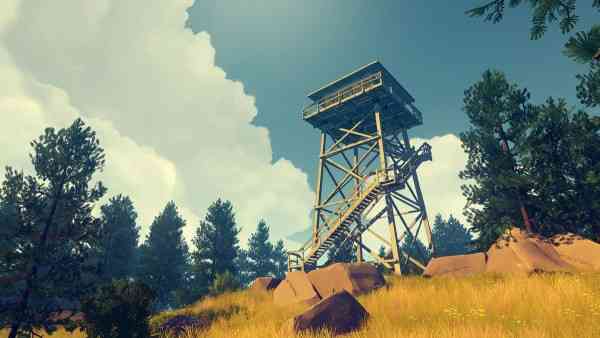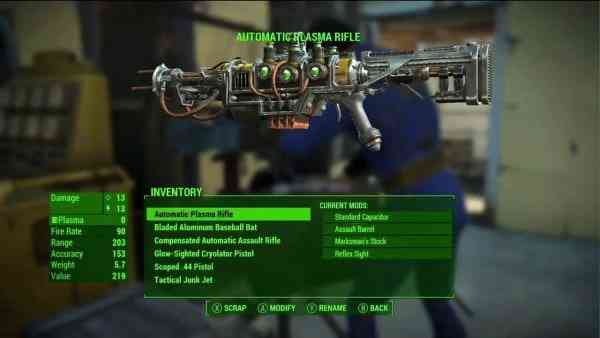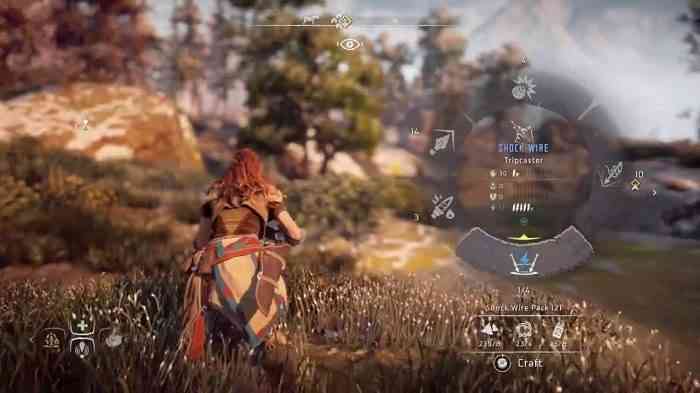9 – Dialog Options
Nothing helps you feel connected to a main character like choosing how they respond. Many games allow you to shape their personalities through conversation, and some of the better games actually change the world to reflect its reaction to the words you choose. So put me squarely on the side of “Dialog Options = Good.” But much like stealth missions, dialog options are sometimes implemented so poorly they do more harm than good.

Take Fallout 4, as one example. In an effort to give your playable avatar nuance and personality, for the first time, he or she is fully voiced. That was a pretty big change for the series. However, unlike in past games, what you see isn’t always what you get. Choosing a piece of dialog from the available options isn’t as smooth as it should be because rather than tell you what it is your character is going to say, the game instead attempts to summarize the overall spirit of the statement. Which, honestly, isn’t a terrible idea; but the execution here leaves a lot to be desired. Too often, you believe you’re saying one thing when your character turns around and says something else entirely. In a game that weighs the morality of your choices so heavily, this can be incredibly damaging to your character.

Instead, take a game like Firewatch. While a walking simulator and not a complex set of interwoven gameplay systems like Fallout, the way Firewatch handles conversation should be studied by other developers as a prerequisite to making choice-based games. What you see on the screen is what you say. Not only that, but the game allows you to stay silent. That’s right, it might not be called out with some flashy countdown timer, but the game will register your silence as a “choice,” as well. The way you respond to Delilah, the voice on the other end of your radio, has a huge impact on the way the story is told. Respond curtly, and don’t expect to be best friends. Be friendly, and make a new best friend. It’s a remarkable system, and huge props to the team who put it together, as well as to the actors who put in such memorable performances.
10 – Crafting Systems
I’ll admit, I’m not a fan of crafting in games. It’s one of the main reasons I shy away from survival-style games; the mechanic in and of itself is off-putting to me. However, I acknowledge that a lot of people really enjoy it, so it stands to reason some games must pull it off pretty well. In theory, crafting is a cool feature: You start with component parts scavenged from all over, and, using your wits and intuition, you create something out of them that ends up saving your hide.

I swear I’m not meaning to pick on Fallout 4 — it was one of my favorite games of 2015! But its crafting system, like its dialog system, isn’t great. Here, it mostly comes down to the interface. Since so much of its crafting is simply optional, it’s obvious Bethesda didn’t want to bog players down with tutorials they might not even need. A lack of tutorials here, however, hurts. Various components are listed, comprised of the junk you can find and carry with you from all over the wasteland. If you’re able to navigate the menus and choose an item to create, you then have to walk around in the world and find a place to set it. No big deal, except for the fact that buttons do drastically different things depending on the context. What might cancel an action elsewhere might cause you to pick up an object or — more annoyingly — put it in storage. Easier-to-read prompts and a proper tutorial could have mitigated this.
On the opposite end of the spectrum, and a game with crafting I can stomach is Horizon: Zero Dawn. Horizon seems to understand there are people like me in this world, people who see crafting in games as necessary but don’t want it to be cumbersome. Horizon streamlines everything, from the snappy animation that plays when you collect raw materials to the shortcuts allowing you to craft arrows and other necessities in the heat of combat. I mean, sure, some realism is sacrificed — how exactly does Aloy fashion a half dozen arrows as she falls from the top of a giant robo T-rex? — but since it’s for the sake of gameplay, I’m fine with it.

Another, even simpler approach is found in Persona 5, where new weapons become available to purchase as you find raw materials in dungeons. The game doesn’t ask you to sort through these things and choose which items you want to “create”; it simply allows you to quickly deliver everything you’ve found to a shopkeeper and gives you a ready-to-use list of the new gear you can buy. It keeps the spirit of video game crafting while removing the irritation.
So, what do you think? Agree? Fervently and aggressively disagree? Which mechanics would crack your top 10 worst list? Let us know in the comments.
